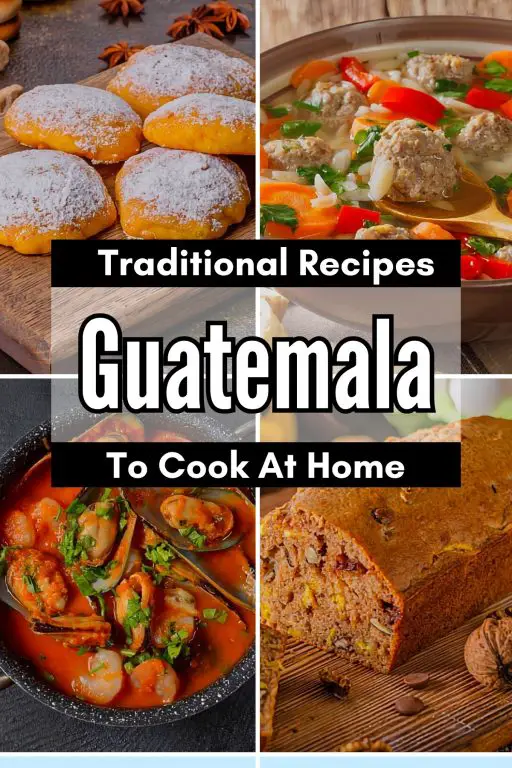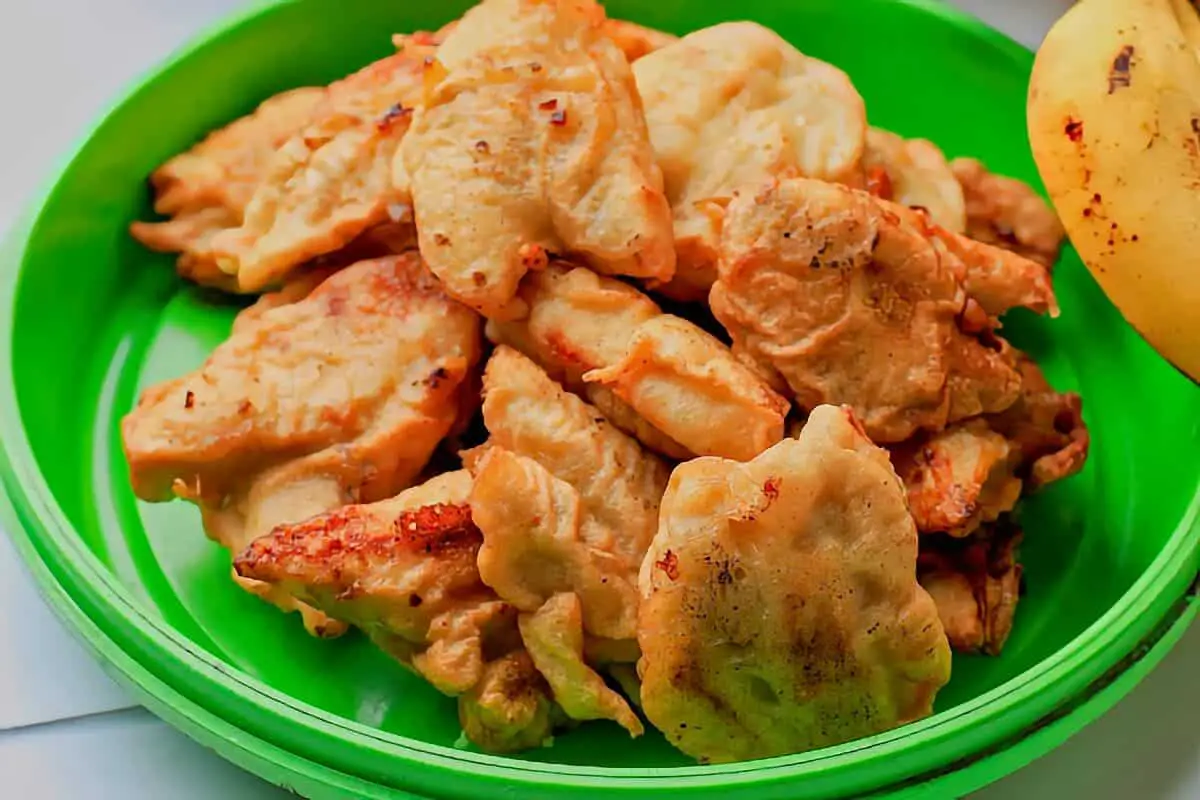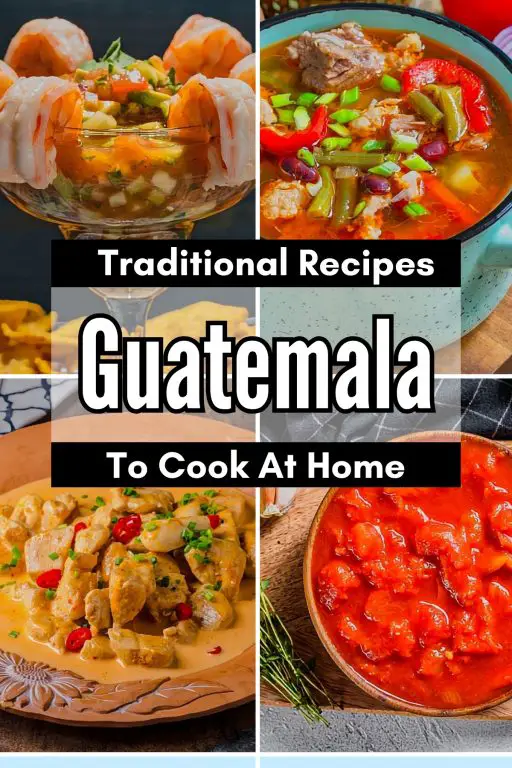A Rellenitos de Platano recipe was the highlight of my cooking class in Villa Nueva, Guatemala. Villa Nueva is a town located near Guatemala City that has markets and a rich local culture. The area has both rural and urban attractions, such as historical sites and parks. As I walked through town, I noticed that the atmosphere was vibrant and the people were welcoming.
In cooking class, I learned how to make rellenitos, which are traditional snacks from Guatemala. They are made from plantains filled with sweetened black beans. The teacher talked about how important it is in Guatemalan cooking and showed how to prepare it. The process began with ripe plantains that were soft enough to mash. The beans were cooked with sugar and spices to balance the flavor of the plantains.
The easy and delicious Rellenitos de Platano recipe was my first impression. The rellenitos were a nice golden brown when they were fried and looked really tasty. The plantains and beans created a tasty mix that I wanted to taste.
When it was time to try the dish, it was actually pretty good. The plantains were soft and a bit sweet, creating an outer layer around the filling. The thick sweet black bean mixture inside went really well with the plantains. The difference in textures was great – a crispy outside and a smooth inside. The mix of flavors and textures made the rellenitos a satisfying snack.
People in Villa Nueva prepare Rellenitos de Platano as a street food or a snack at home. People enjoy them at festivals and family events, and they are a big part of the local food scene. Lots of families change the recipe a bit, sometimes putting in cinnamon or coconut.
After the cooking class, I went to local markets in Villa Nueva and saw the fresh ingredients for the recipe Rellenitos de Platano. Fruits, vegetables, and various beans filled the markets. I found out about ingredients and how they are used in Guatemalan cooking by chatting with vendors.
My cooking class in Villa Nueva was both informative and enjoyable. I found out how to make a traditional dish and learned about the local food culture. One of my favorites is Rellenitos de Platano, which show the tastes of Guatemala. It remains a favorite for people who enjoy the country’s food traditions, whether eaten as a snack or a dessert.
Ingredients For the Guatemalan Rellenitos de Platano Recipe
Ripe Plantains
1Cooked Black Beans
Granulated Sugar
1Ground Cinnamon
Ground Cloves
Salt
Chopped Chocolate
Vegetable Oil
Cooking Instructions For the Guatemalan Rellenitos de Platano Recipe
Peel the plantains and cut them into chunks. – Use a small knife to carefully remove the plantain skins. Slice the plantains into bite-sized pieces for easy mashing. Ensure the plantain chunks are uniform in size for even cooking. Keep the plantains intact while peeling to minimize waste. Dispose of the plantain skins in a compost bin or trash receptacle.
Boil the plantain chunks until they are soft. – Place the plantain chunks gently into the boiling water. Allow the plantains to simmer until they are tender and easily pierced with a fork. Stir occasionally to prevent the plantains from sticking to the bottom. Test the softness by pressing a piece between your fingers. Be cautious when handling the hot water to avoid burns.
Drain the plantain chunks and let them cool. – Pour the boiling water out of the pot into a strainer or sink. Shake the strainer gently to remove excess water from the plantain chunks. Set the drained plantains aside and let them cool to room temperature. Avoid touching the hot plantain chunks directly to prevent burns. Place the pot in a safe location to cool before cleaning.
Mash the cooled plantain chunks until smooth. – Transfer the cooled plantain chunks into a large mixing bowl. Use a fork to press down and break apart the plantain chunks. Continue mashing until the plantains form a smooth and lump-free consistency. Apply pressure evenly across the plantain chunks for optimal results. Scrape the sides of the bowl to ensure all plantains are mashed evenly.
In a separate bowl, combine the cooked black beans, sugar, cinnamon, cloves, and salt. – Add the cooked black beans to a medium-sized bowl. Sprinkle the granulated sugar evenly over the black beans. Sprinkle the ground cinnamon, cloves, and salt over the mixture. Use a spoon or fork to gently mix the ingredients together. Make sure all the spices are evenly distributed throughout the black bean mixture.
Eating Healthy in Guatemala
Eating healthy in Guatemala is achievable, thanks to the country’s abundant fresh produce, local markets, and traditional cooking methods that prioritize natural ingredients. Guatemala’s varied landscape, which includes fertile highlands and tropical lowlands, allows for a diverse range of fruits, vegetables, and grains. Staples like black beans, corn, and rice form the base of many dishes and offer a nutritious source of protein, fiber, and essential vitamins. Black beans, in particular, are a common ingredient in Guatemalan meals, providing protein and fiber without saturated fats, making them a great choice for a balanced diet. Paired with corn tortillas — a daily staple rich in fiber and antioxidants — these ingredients are satisfying and help maintain energy levels throughout the day.
One of the most beneficial aspects of Guatemalan cuisine is its emphasis on fresh vegetables and fruits. Local markets, or mercados, are filled with seasonal produce such as tomatoes, avocados, carrots, and leafy greens. Vegetables are often incorporated into traditional dishes like caldo de res, a hearty beef soup loaded with nutrient-dense vegetables, or jocon, a chicken stew made with tomatillos and cilantro. The vibrant colors in these dishes reflect the high vitamin and antioxidant content that supports overall health, making it easy to get essential nutrients through regular meals.
In addition to vegetables, tropical fruits such as papaya, mango, and bananas are commonly available, offering essential vitamins like vitamin C and potassium. These fruits are often enjoyed fresh, juiced, or as a light snack, providing natural sugars and hydration in the country’s warmer regions. The emphasis on fresh, whole foods is also reflected in Guatemalan drinks, where fruit-based beverages and traditional teas are common, reducing the need for processed, sugar-laden options.
Guatemalan cooking methods also support a healthier diet. Many dishes are simmered, boiled, or lightly sautéed rather than fried, preserving the nutritional value of ingredients without adding unnecessary fats. Traditional stews, like pepian and hilachas, are slow-cooked with minimal oil, allowing spices, herbs, and vegetables to enhance the flavor naturally. This approach not only brings out the authentic flavors of the ingredients but also aligns with the principles of healthy eating by reducing added fats and sugars.
Overall, Guatemala’s local markets, traditional foods, and natural cooking techniques make it easy to eat healthily. Embracing these customs allows individuals to enjoy a balanced, nutrient-rich diet rooted in fresh, wholesome ingredients, supporting wellness and long-term health.
Finding the Best Food in Guatemala
Finding the best food in Guatemala takes you through the country’s cultural heritage, regional flavors and fresh ingredients. Guatemala’s food scene is based on Mayan and Spanish traditions and produces filling dishes representative of the country’s varied landscapes. For genuine Guatemalan foods, check out local markets, regional specialties or family-owned eateries – every one of that will provide you a genuine flavor of Guatemalan food.
A great starting point is Guatemala City, where the diverse food culture showcases traditional and contemporary options. Local markets such as Mercado Central are full of stalls selling street foods like antojitos (snacks) and tamales. Tamales are corn masa rolled in banana leaves and filled with meats, vegetables and spices; each region has its own version. Street vendors may sell freshly prepared atoles as well as a warm, thickened drink made from corn to start the day. For those looking to sample all the Guatemalan flavors in one meal, Guatemala City also has restaurants serving regional dishes from across the country.
Another excellent place to consume is Antigua Guatemala, a historic city and popular attraction that includes both traditional and contemporary eateries. Here, visitors can enjoy pepian, a thick, aromatic stew that is a national dish, made with meats, roasted vegetables and spices such as pumpkin seeds and sesame. Some restaurants in Antigua prepare pepian and other traditional dishes using traditional methods such as cooking on an open flame or in clay pots. The region also has street foods such as chuchitos, small tamales wrapped in corn husks, so you can grab some local fare while you’re in the city.
Another area with special culinary offerings is Lake Atitlán in the highlands, known for its fresh fish dishes. Here, visitors can enjoy mojarra frita, fried fish seasoned with local herbs and spices, with rice and vegetables. Small towns around the lake, such as Panajachel and Santiago Atitl’n, have restaurants and food stalls offering local cuisine. Many of these eateries use produce around the lake and from local farms to create sustainable, fresh meals that reflect the region’s culinary identity.
For more traditional indigenous fare, the Guatemalan Highlands, particularly areas around Quetzaltenango (Xela), serve a hearty turkey soup with a thick red broth made from tomatoes and chili peppers, a staple dish of the K’iche’ people. Restaurants serve kak’ik prepared from recipes passed down from generation to generation in Xela and nearby villages. This dish, along with other local specialties like jocon (a green tomatillo and cilantro stew) showcases some of the flavors and traditions that make Guatemalan food special.
Finding the best food in Guatemala often means adopting the local culture, sampling regional flavors and visiting markets and eateries where locals congregate. Whether you’ re eating street food in Guatemala City, lake fish at Atitlán or stews in the Highlands, the country’s food culture is accessible and welcoming. This approach to Guatemalan food creates an authentic culinary experience, where each meal opens a window onto the regions, history and people of Guatemala.
 FAQ For the Guatemalan Rellenitos de Platano Recipe
FAQ For the Guatemalan Rellenitos de Platano Recipe
Q: What are the main ingredients in the Guatemalan Rellenitos de Platano recipe?
A: The Guatemalan Rellenitos de Platano recipe primarily features ripe plantains as the base ingredient. These plantains are mashed to create a dough-like consistency, which is then filled with a mixture of refried black beans and sugar, giving the dish a sweet and savory profile. Once formed into small patties, the rellenitos are typically fried until golden brown, resulting in a crispy exterior while maintaining a soft, sweet interior that is truly delightful.
Q: How do you prepare the plantains for the Guatemalan Rellenitos de Platano recipe?
A: To prepare the plantains for the Guatemalan Rellenitos de Platano recipe, start with ripe, yellow plantains that have a few black spots, as this indicates sweetness. Peel the plantains and cut them into chunks before boiling them in water until they are soft. Once cooked, mash the plantains thoroughly until smooth, ensuring there are no lumps, as this will create the perfect dough for encasing the sweet bean filling.
Q: Can the Guatemalan Rellenitos de Platano recipe be made ahead of time?
A: Yes, the Guatemalan Rellenitos de Platano recipe can be made ahead of time, which is ideal for meal prep or special occasions. After preparing the rellenitos, they can be refrigerated or frozen before frying. If frozen, simply thaw them in the refrigerator overnight before frying, ensuring they are ready to enjoy with minimal effort on the day of serving. This makes it a convenient dish to serve to guests without the last-minute rush.
Q: What are common serving suggestions for the Guatemalan Rellenitos de Platano recipe?
A: The Guatemalan Rellenitos de Platano recipe is often served as a dessert or snack, making it versatile for various occasions. They can be dusted with powdered sugar or drizzled with a bit of chocolate sauce for an indulgent treat. Additionally, serving them with a scoop of ice cream or a side of fresh fruit can complement their sweetness and provide a refreshing contrast. These suggestions enhance the overall experience and make the dish even more enjoyable.
Q: Are there variations of the Guatemalan Rellenitos de Platano recipe?
A: Yes, there are several variations of the Guatemalan Rellenitos de Platano recipe that cater to different tastes and preferences. Some versions incorporate additional ingredients into the filling, such as chocolate or nuts, which add richness and texture. Others might use sweetened condensed milk or cinnamon to enhance the sweetness. Additionally, some people prefer baking the rellenitos instead of frying them, offering a healthier option while still delivering a delicious flavor that celebrates the traditional dish.

Guatemalan Rellenitos de Platano Recipe
Equipment
- Large pot: Used for boiling the plantain chunks until soft.
- Strainer or colander: Used for draining the cooked plantain chunks.
- Mixing bowl: Used for mashing the cooled plantain chunks and combining ingredients.
- Fork or potato masher: Used for mashing the plantains to a smooth consistency.
- Medium-sized bowl: Used for combining the cooked black beans, sugar, spices, and salt.
- Spoon or fork: Used for mixing the ingredients in the separate bowl.
- Large skillet or frying pan: Used for frying the rellenitos until golden brown.
Ingredients
- 8 plantains ripe
- 1 cup black beans cooked
- 1/4 cup sugar granulated
- 1/2 teaspoon cinnamon ground
- 1/4 teaspoon cloves ground
- 1/4 teaspoon salt
- 4 ounces of dark chocolate ground chopped
- oil Vegetable for frying
Instructions
Peel the plantains and cut them into chunks.
- a. Use a small knife to carefully remove the plantain skins.
- b. Slice the plantains into bite-sized pieces for easy mashing.
- c. Ensure the plantain chunks are uniform in size for even cooking.
- d. Keep the plantains intact while peeling to minimize waste.
- e. Dispose of the plantain skins in a compost bin or trash receptacle.
Boil the plantain chunks until they are soft.
- a. Place the plantain chunks gently into the boiling water.
- b. Allow the plantains to simmer until they are tender and easily pierced with a fork.
- c. Stir occasionally to prevent the plantains from sticking to the bottom.
- d. Test the softness by pressing a piece between your fingers.
- e. Be cautious when handling the hot water to avoid burns.
Drain the plantain chunks and let them cool.
- a. Pour the boiling water out of the pot into a strainer or sink.
- b. Shake the strainer gently to remove excess water from the plantain chunks.
- c. Set the drained plantains aside and let them cool to room temperature.
- d. Avoid touching the hot plantain chunks directly to prevent burns.
- e. Place the pot in a safe location to cool before cleaning.
Mash the cooled plantain chunks until smooth.
- a. Transfer the cooled plantain chunks into a large mixing bowl.
- b. Use a fork to press down and break apart the plantain chunks.
- c. Continue mashing until the plantains form a smooth and lump-free consistency.
- d. Apply pressure evenly across the plantain chunks for optimal results.
- e. Scrape the sides of the bowl to ensure all plantains are mashed evenly.
In a separate bowl, combine the cooked black beans, sugar, cinnamon, cloves, and salt.
- a. Add the cooked black beans to a medium-sized bowl.
- b. Sprinkle the granulated sugar evenly over the black beans.
- c. Sprinkle the ground cinnamon, cloves, and salt over the mixture.
- d. Use a spoon or fork to gently mix the ingredients together.
- e. Make sure all the spices are evenly distributed throughout the black bean mixture.



1 comment
Sweet plantains filled with beans made these rellenitos an incredible treat.